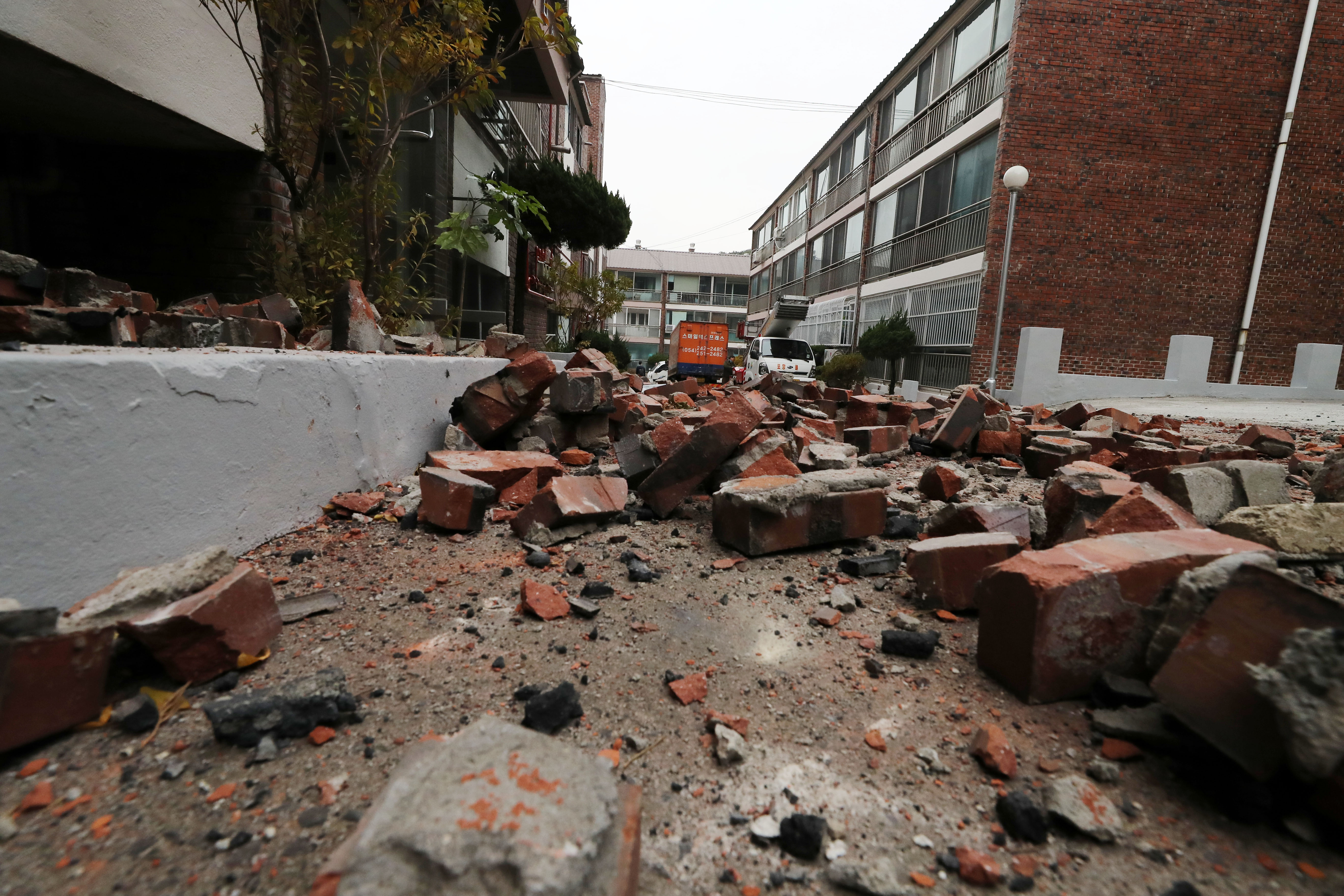
Last year, on November 15, an earthquake hit Pohang. It was a 5.4 magnitude earthquake, which is the second strongest earthquake in Korea after the 5.8 magnitude earthquake in Gyeongju, last year. There were more than 70 aftershocks that ranged in magnitude from 2.0 to 4.6.
The Korean government sent an emergency message on the Cell Broadcasting System (CBS) very quickly and operated the Central Anti-Calamity Headquarter 13 minutes after the main shock. Also they decided to delay the National College Entrance Exam which was scheduled for the day after the main quake, for the safety of examinees. The government also consistently provided better support for victims by offering counseling and ensuring private space in the shelter in Pohang. However, the CBS didn’t include the specific response guidelines and the responses of the Korean government are still slower and less complete than Japan. Of course, the frequency of earthquakes in Japan is much higher than Korea so we have less experience. However, we have to try to advance our techniques to prepare for disasters.
Although almost five months have passed, problems caused by the earthquake still have been drawing attention. The first issue is about liquefaction which means the ground becomes destabilized because underground water rises to the surface. Liquefaction can cause buildings and roads far away from the epicenter to lean or collapse. However, some experts say that the risk is very small now. Liquefaction is not a problem if earthquakes stronger than 5-6 magnitude don’t come. There is no specific policy about liquefaction yet, so this issue will return.
The second issue is that some geologists argue that the geothermal power plant in Pohang made the earthquake stronger. They said that the plant greatly stimulated the ground shown by the seismometers installed around the power plant that recorded several earthquakes before the main one in Pohang. However, the plant argued that they hadn’t operated the plant for two months and the stimulation is much smaller than other geothermal power plants, so this has nothing to do with the earthquake. But recently, Pohang has requested the government shut down the geothermal power plant.
People in cities around Pohang felt the Earthquake, too. Some KMU people who stayed in buildings were worried. Others stopped what they were doing and went outside. Although the tremors in Daegu were big, KMU has not given earthquake emergency guidelines or policies for earthquakes to students. Also, KMU doesn’t do any evacuation training for earthquakes. Korea is not safe from earthquakes, so KMU needs to have an earthquake plan. It is time for the government to get prepared and help every school and public institution to do so, too.
Jang Han-yi KMG Reporter
jhy98hany@stu.kmu.ac.kr
jhy98hany@stu.kmu.ac.kr








